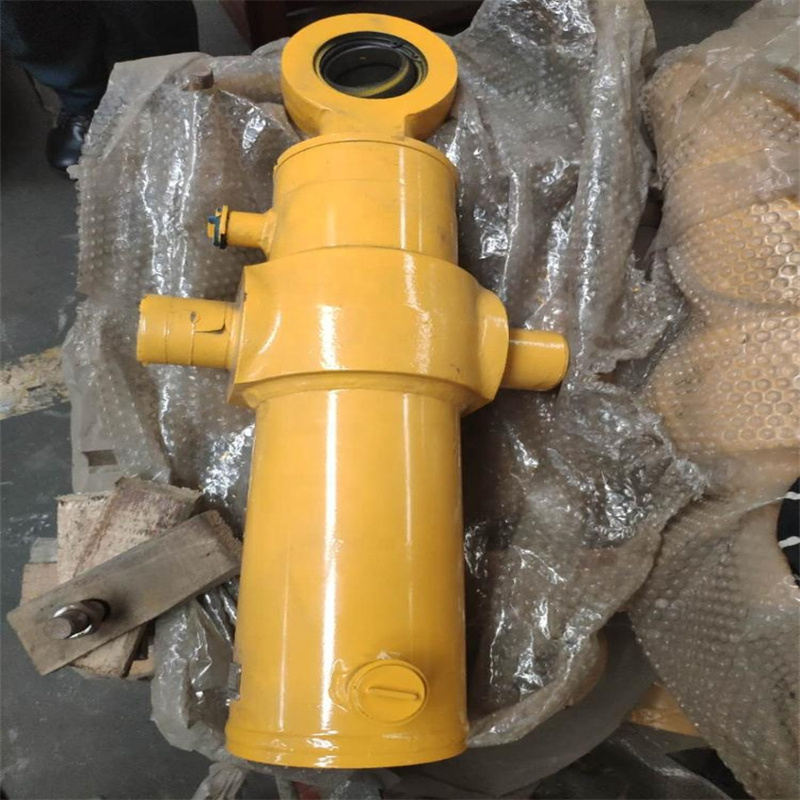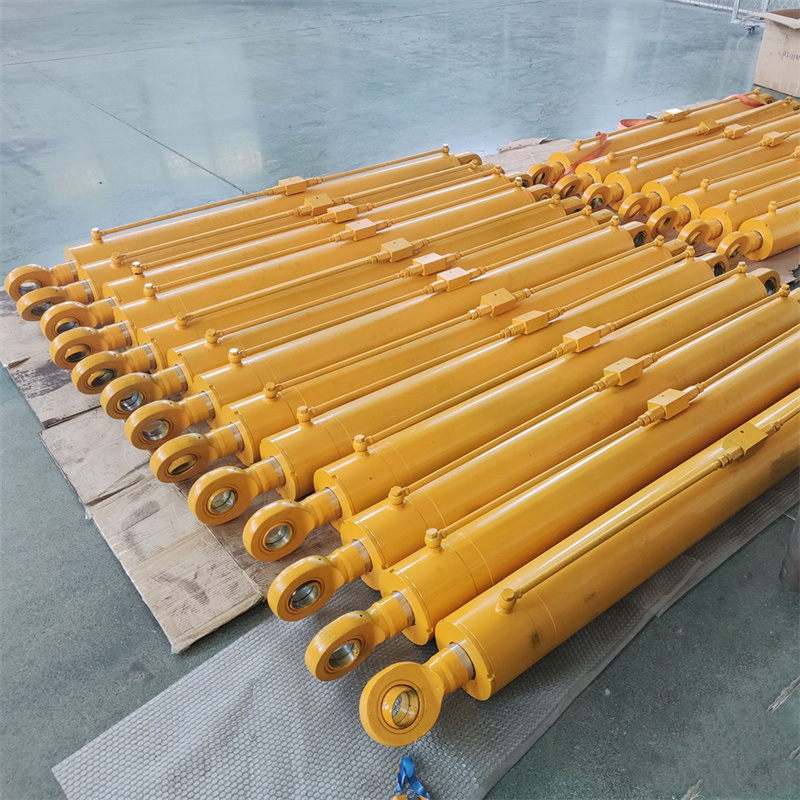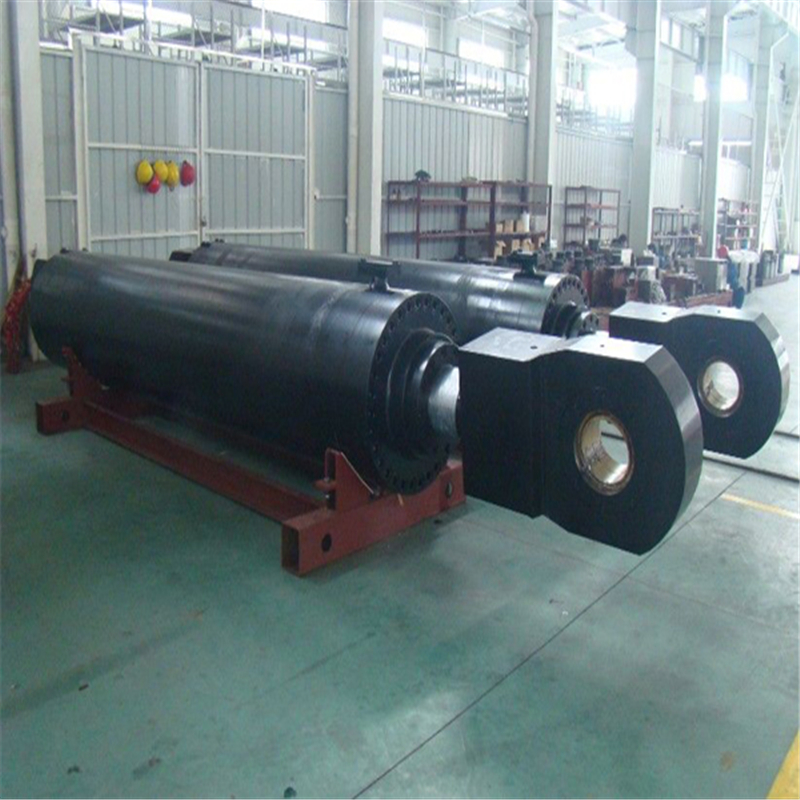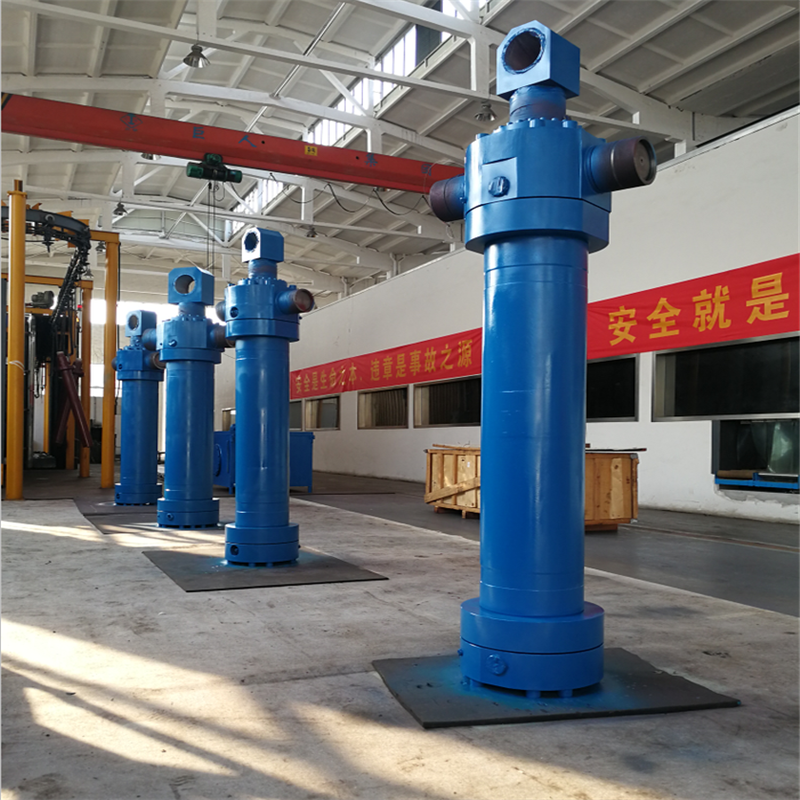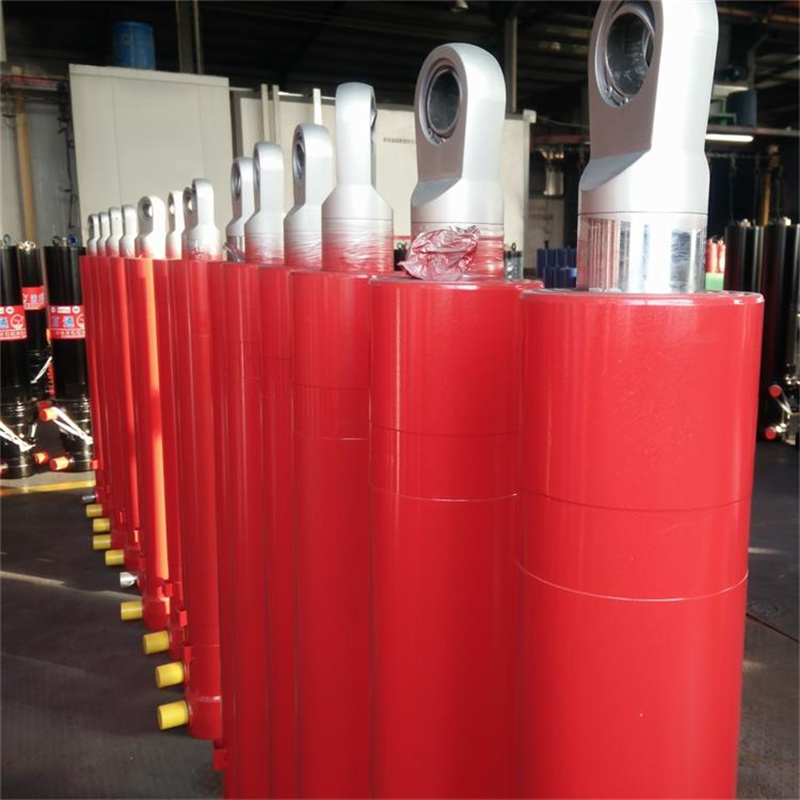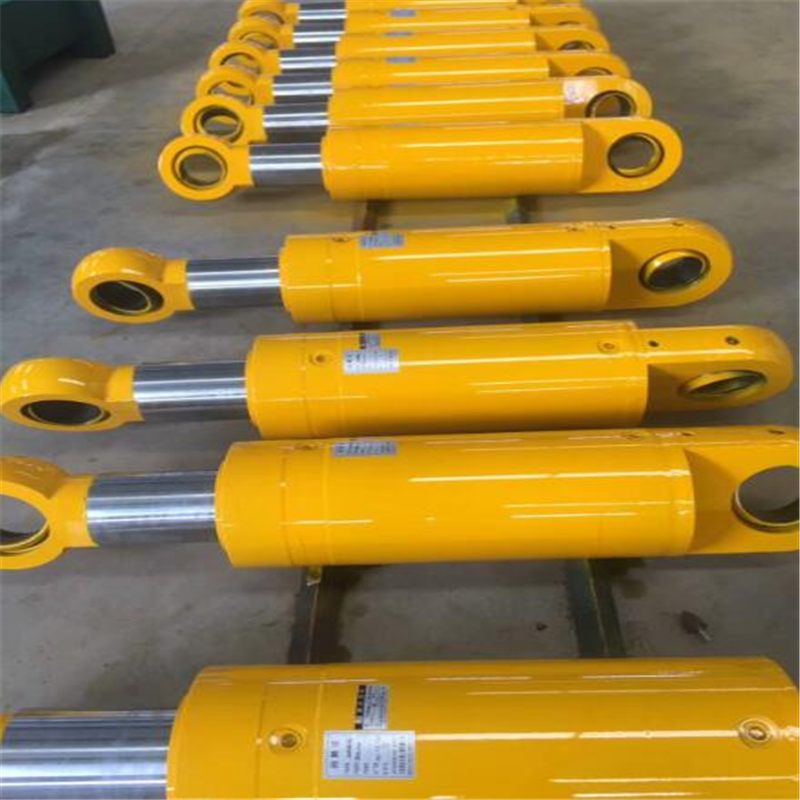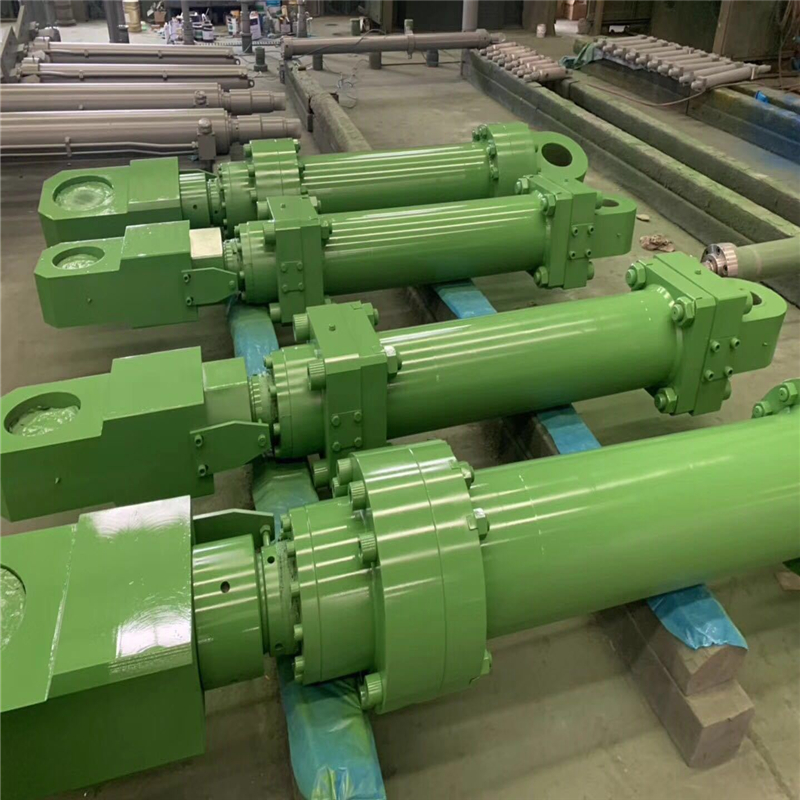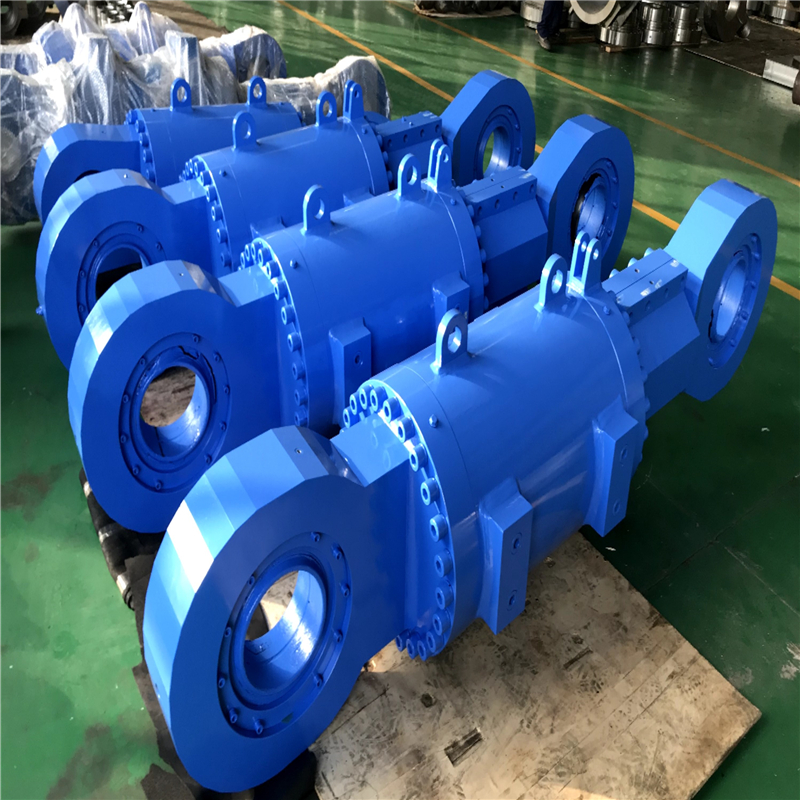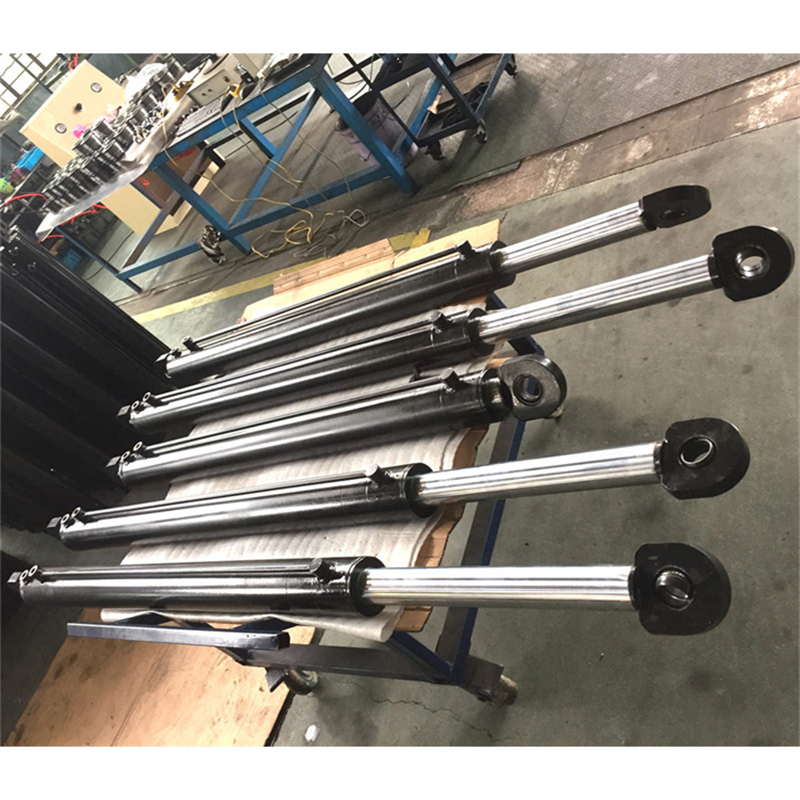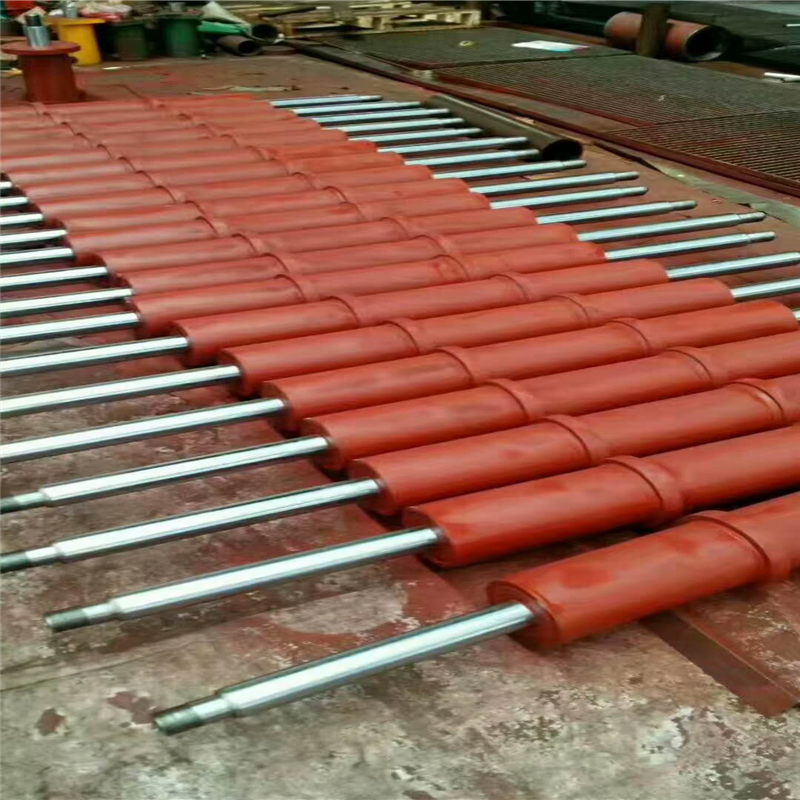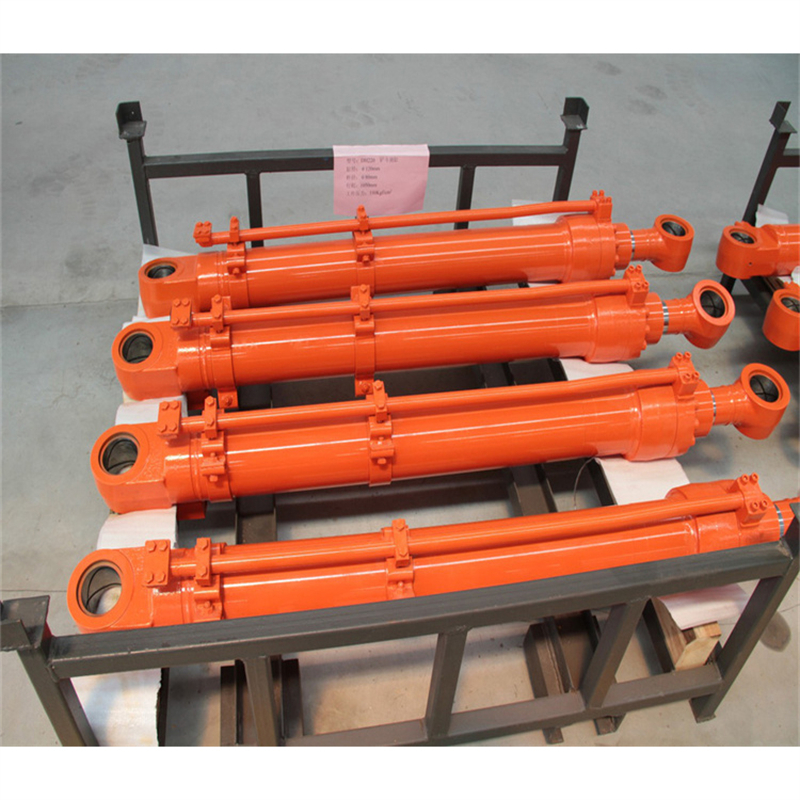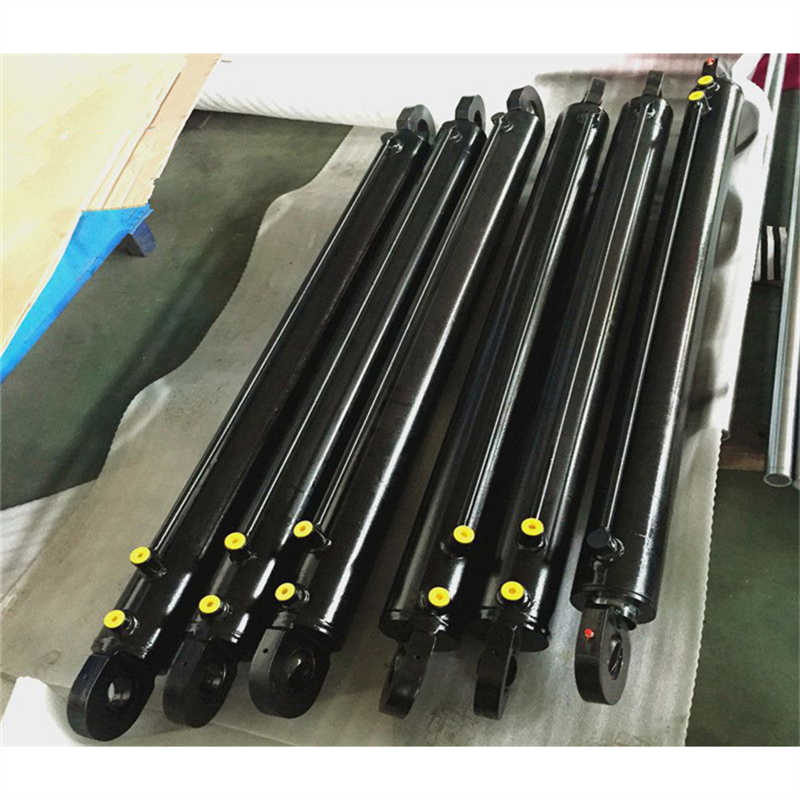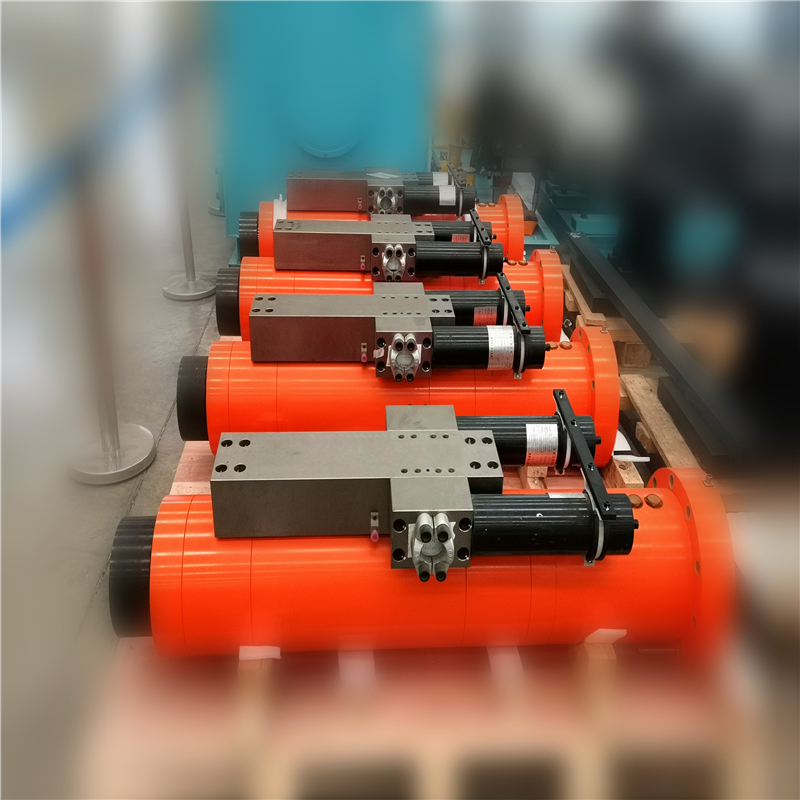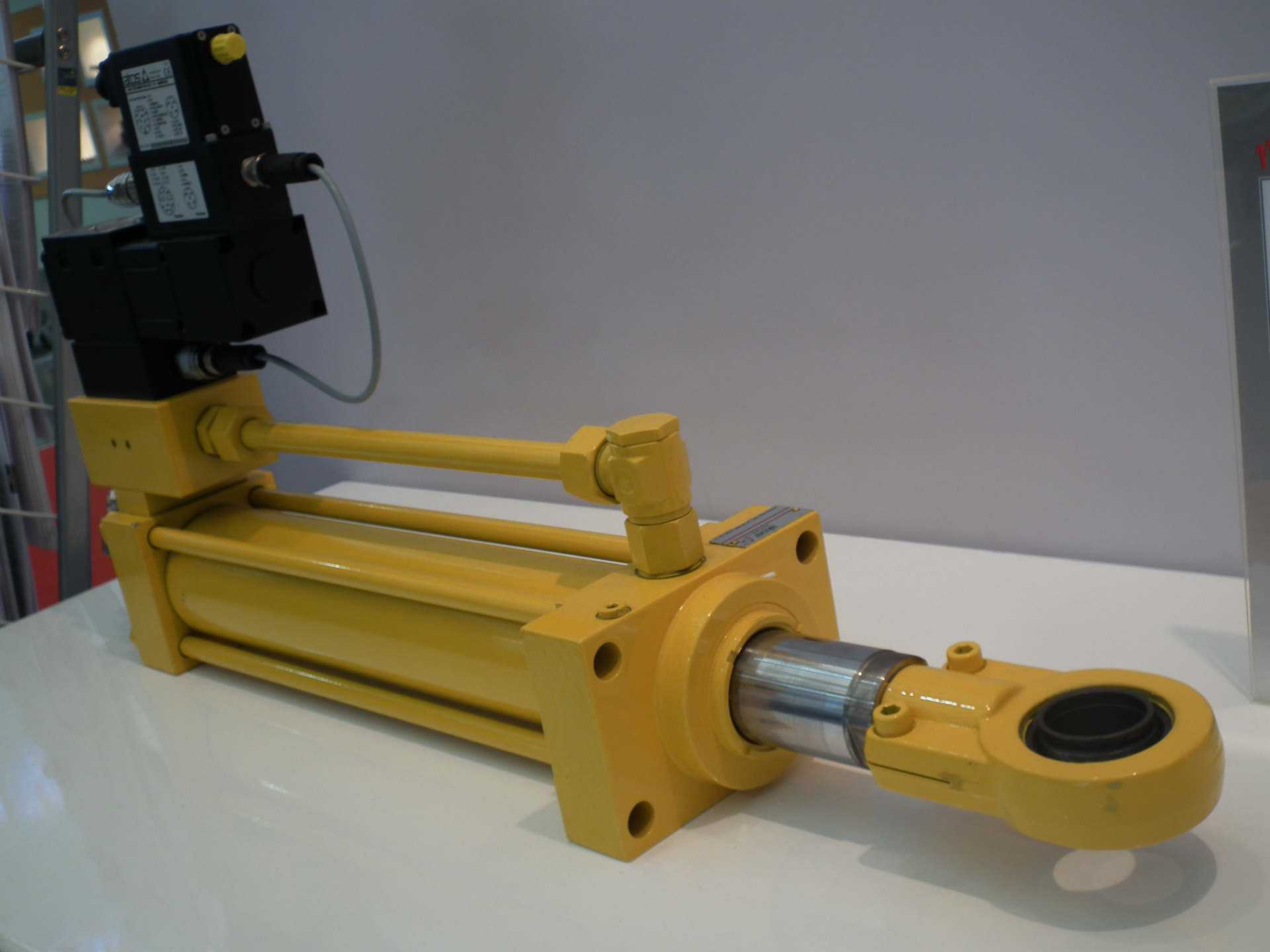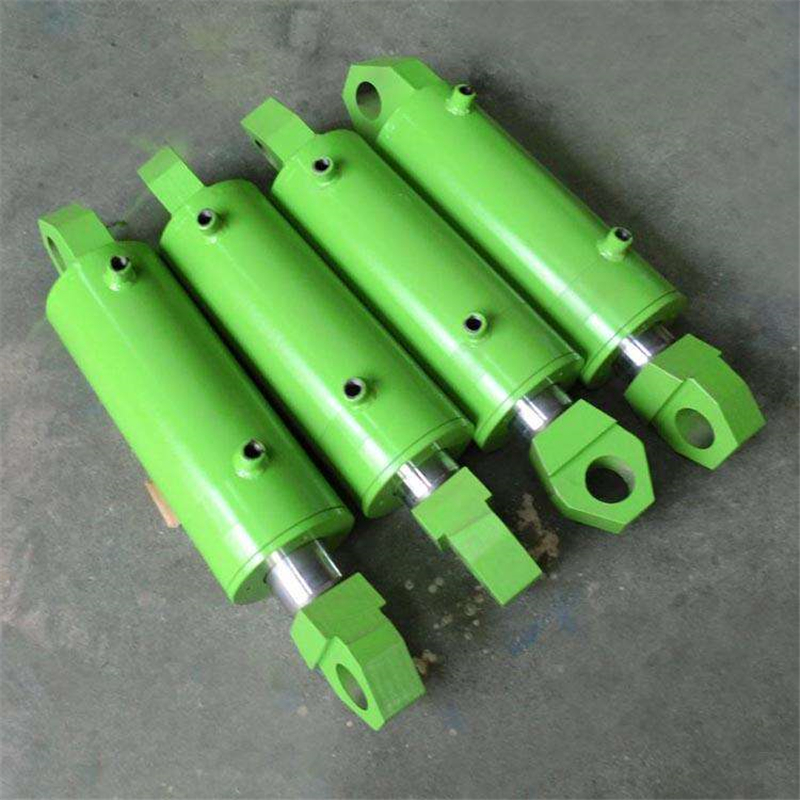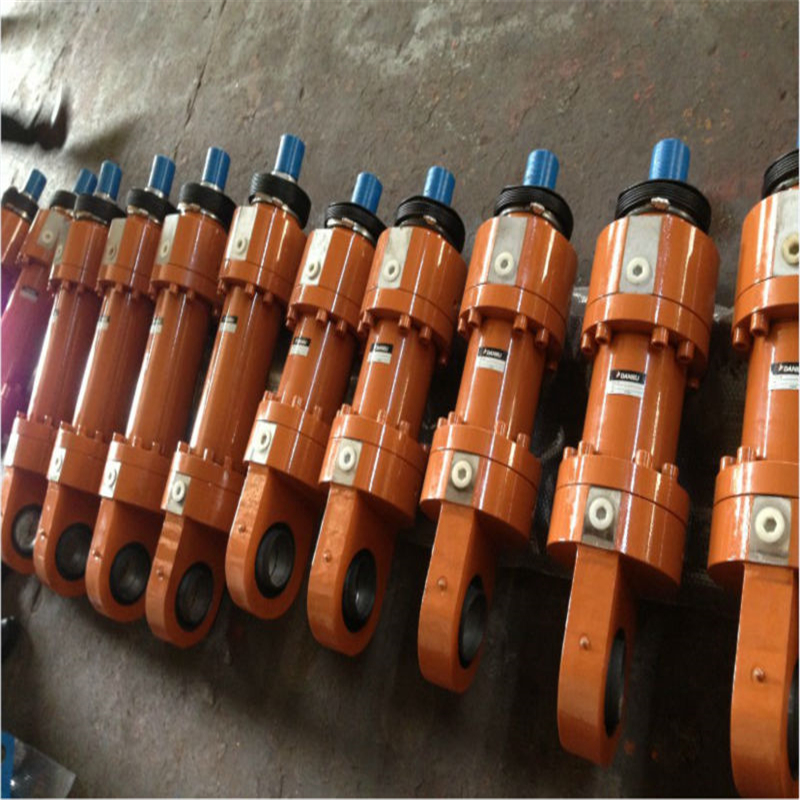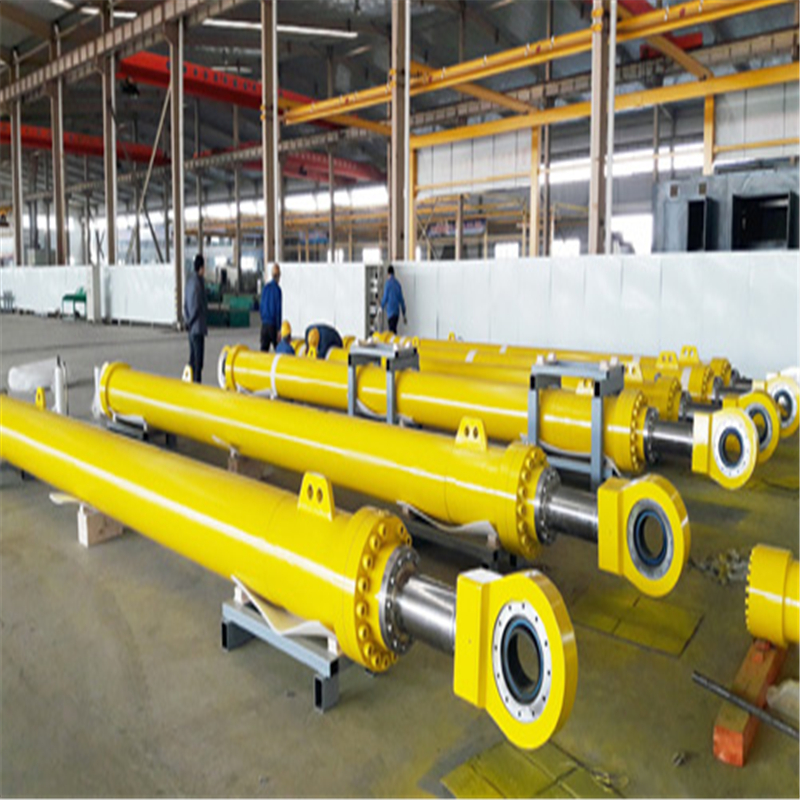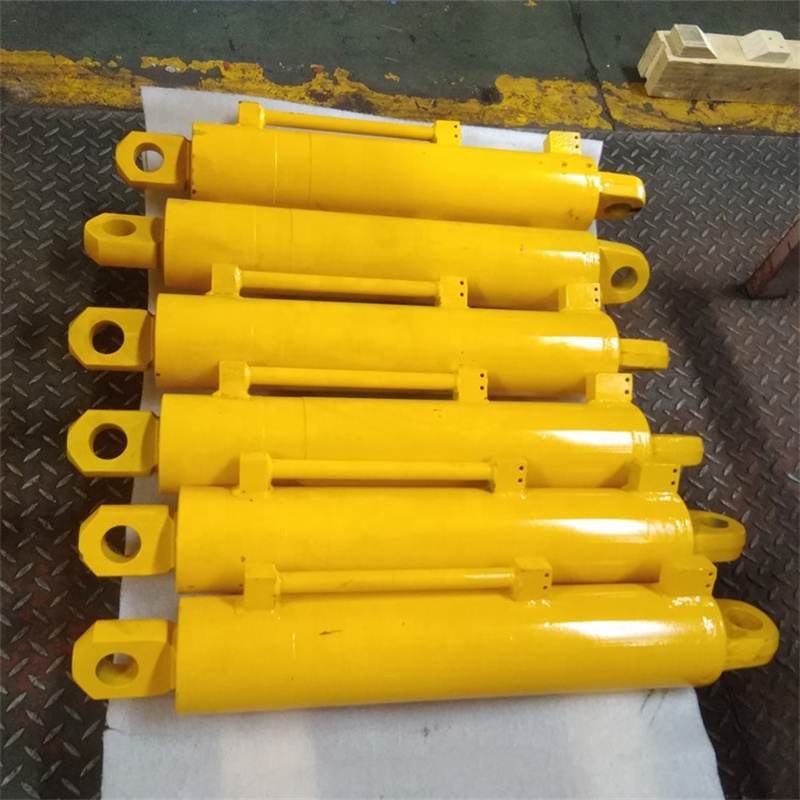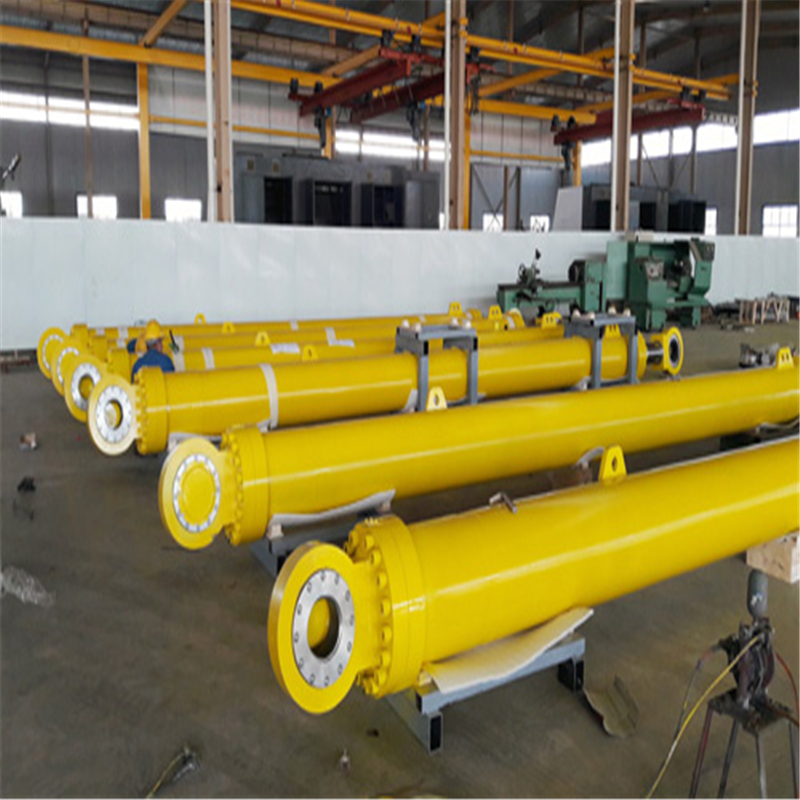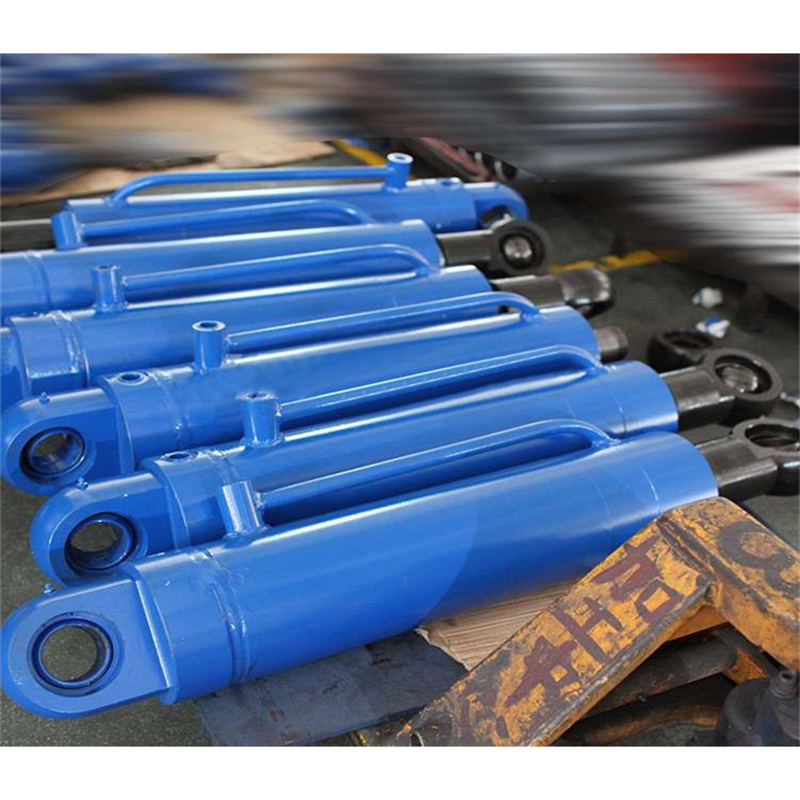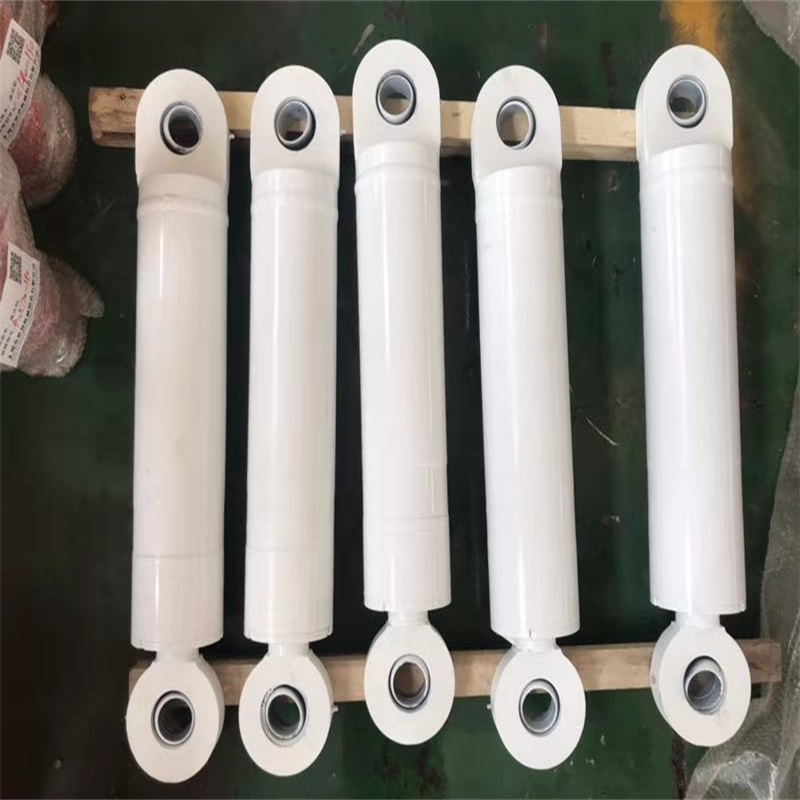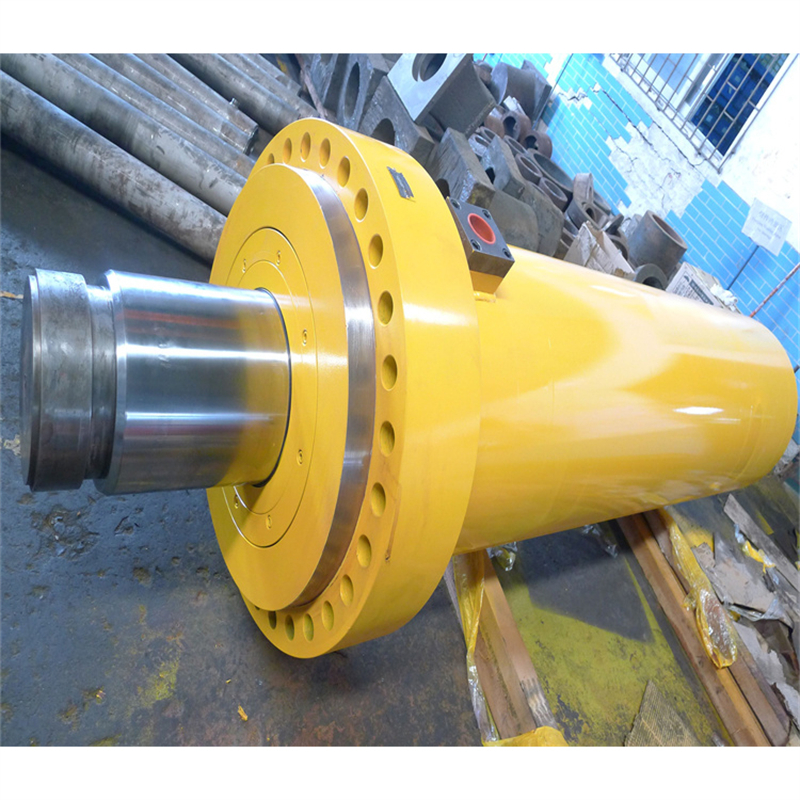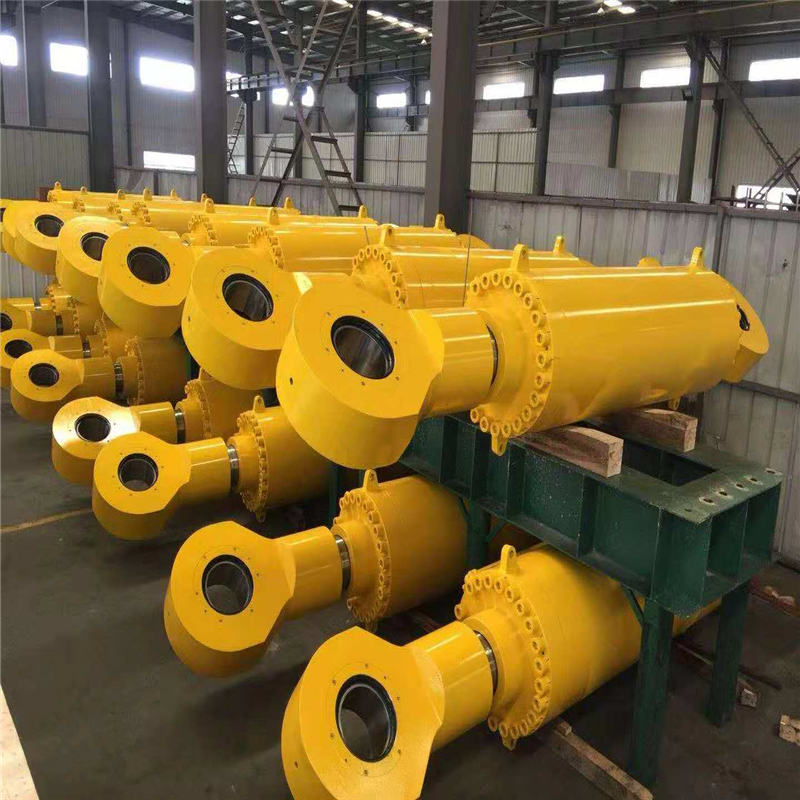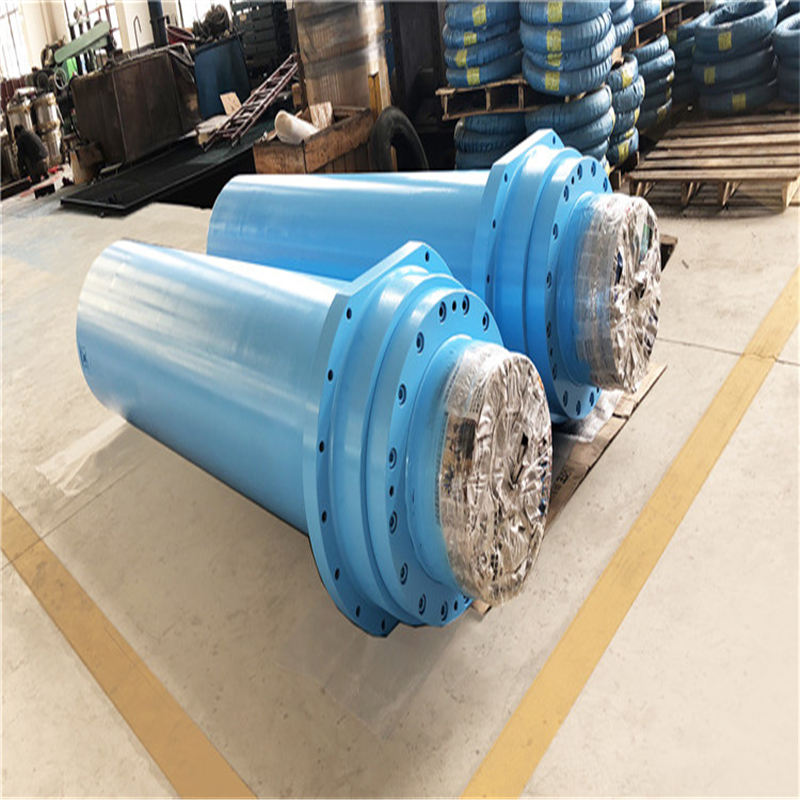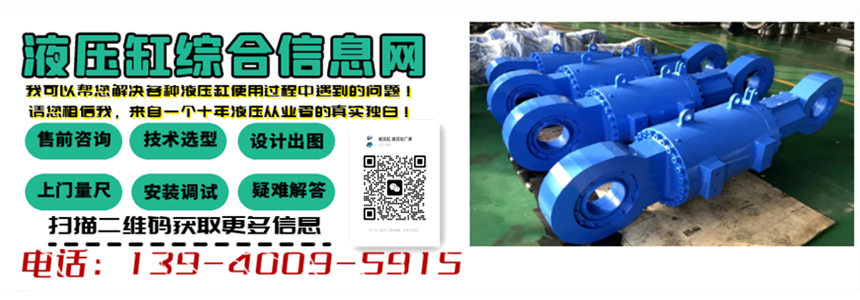动臂油缸英文
Introduction
The hydraulic cylinder is an essential component in various hydraulic systems, including construction machinery, industrial equipment, and agricultural machinery. It plays a crucial role in converting hydraulic energy into mechanical force, enabling the movement of different parts of the machinery. One important type of hydraulic cylinder is the \"动臂油缸\" in Chinese, which is commonly known as the \"Boom Cylinder\" in English. In this article, we will explore the features, functions, and design considerations of the Boom Cylinder.
Features and Functions
The Boom Cylinder, also known as the Boom Lift Cylinder, is specifically designed for construction machinery, such as excavators and cranes. It is responsible for controlling the movement of the boom, which is an extendable arm that allows the machinery to reach higher or farther distances. The Boom Cylinder is typically installed between the boom and the main body of the machinery, providing the necessary force to extend or retract the boom.
The Boom Cylinder consists of a cylindrical barrel, a piston, a piston rod, and various seals. The barrel is the main body of the cylinder, while the piston separates the barrel into two chambers: the rod side and the head side. The piston rod connects the piston to the boom, transmitting the force generated by the hydraulic fluid to the boom. The seals ensure the proper functioning of the cylinder by preventing leakage of the hydraulic fluid.
Design Considerations
As a highly skilled hydraulic cylinder designer, it is crucial to consider several factors when designing the Boom Cylinder. These factors include the required force, stroke length, operating pressure, and mounting configuration.
1. Required Force: The force required to extend or retract the boom depends on the weight and length of the boom, as well as the load it carries. Calculating the required force accurately is essential to ensure the Boom Cylinder can handle the load effectively.
2. Stroke Length: The stroke length refers to the maximum distance the boom needs to extend or retract. It is crucial to determine the appropriate stroke length to meet the specific requirements of the machinery.
3. Operating Pressure: The operating pressure of the hydraulic system affects the size and strength of the Boom Cylinder. It is necessary to consider the maximum operating pressure to ensure the cylinder can withstand the pressure without failure.
4. Mounting Configuration: The Boom Cylinder can be mounted in various configurations, such as single-acting, double-acting, or telescopic. The mounting configuration depends on the specific application and space constraints.
Conclusion
In conclusion, the Boom Cylinder, or \"动臂油缸,\" is a vital component in construction machinery, enabling the movement of the boom. As a highly skilled hydraulic cylinder designer, it is essential to consider factors such as required force, stroke length, operating pressure, and mounting configuration when designing the Boom Cylinder. By carefully considering these factors, the Boom Cylinder can be designed to meet the specific requirements of the machinery and ensure optimal performance.
This content is written by the Hydraulic Technology Department of Gongliang Hydraulic Technology. If reproduced, please indicate the source.

